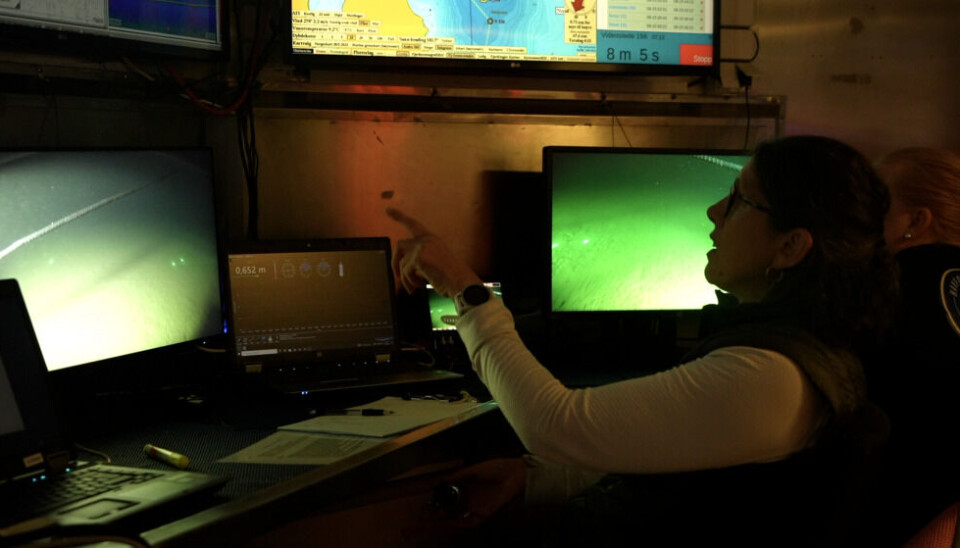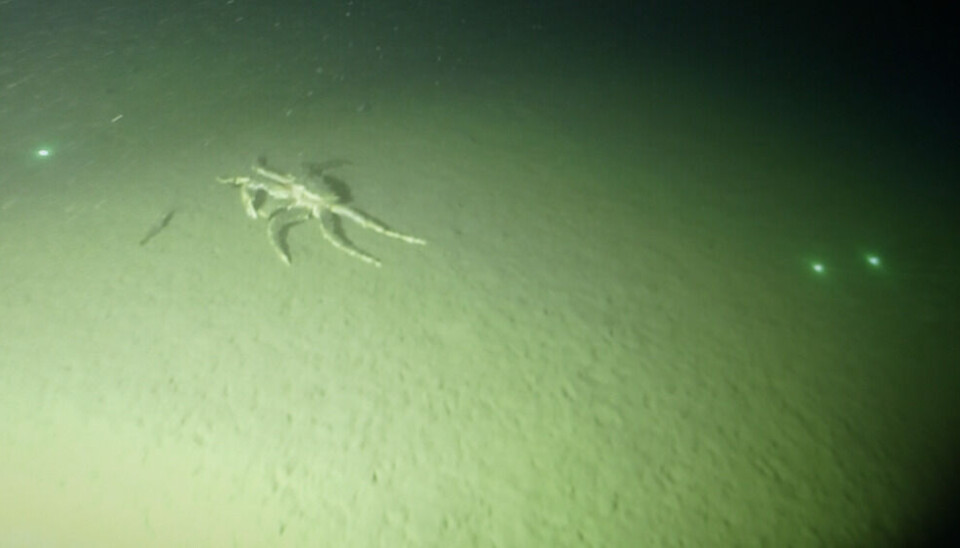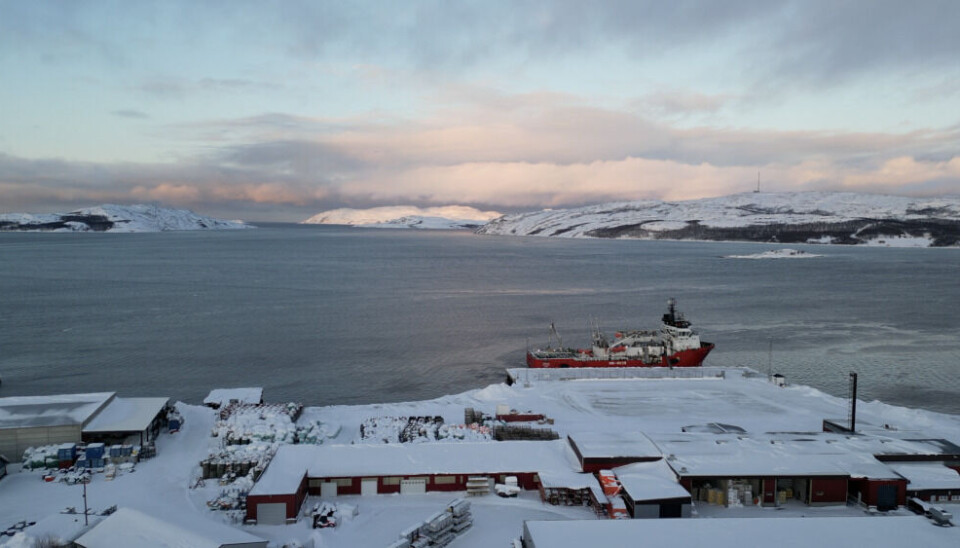
A new underwater device has been tested to count king crab in the Barents Sea
The new method will help make the counting process more efficient and environmentally friendly, Norwegian researchers say.
A self-propelled underwater vehicle called Triton has been used in Norway’s Porsangerfjord to count the number of king crabs in the area, the Norwegian Institute of Marine Research reports on its website. Getting the count right will be crucial later this year when the Norwegian government sets the annual quotas for fishermen.
Until now, Norwegian researchers have mostly used the traditional method, which involves a large research vessel cruising the Barents waters and lowering a video camera to the bottom of the sea. The researchers sit in the control room and count the crustaceans by hand. The researchers then pull some of the crabs up to examine them.

As the Norwegian Institute of Marine Research reports, Triton, which takes three pictures per second, has advantages:
“Now we don’t have to pick up all the crabs, even though a few of them still will have to be caught to get information about gender and other things, - marine scientist Cecilie Broms is quoted as saying. - Triton takes pictures of the crabs as they live on the bottom, so we will gain better knowledge of their distribution. In addition, we know exactly how large the area the cameras cover is and can improve the calculations of how much crab there is in the area”.

The device is designed to reduce the cost and carbon footprint of crab counting in the future, the Institute reports. While a research vessel is monitoring crabs in one area, the sonar-equipped device could be doing the same a little further away, greatly expanding the area of crab counting.

“And then the goal is for the autonomous vessels to go more and more by themselves”, says Cecilie Broms, “By using sonar, we also can now cover a larger area on the bottom”, Broms added.
The king crab is originally from the Pacific Ocean and was once introduced into the Barents waters of the Soviet Union in Arctic Russia. Since then the invasive species has spread to Norway’s Barents Sea and a multi-million dollar industry has sprung up around it.















